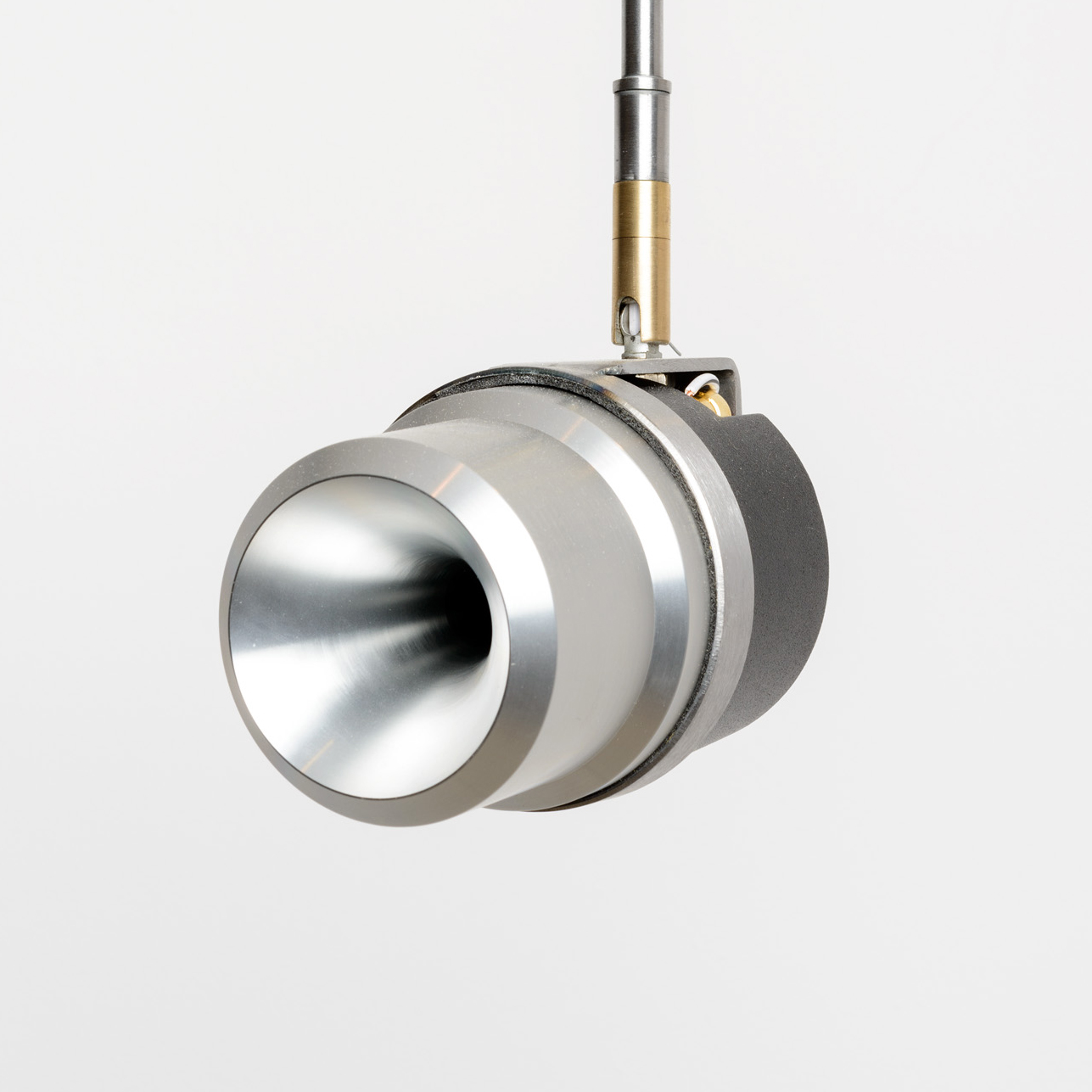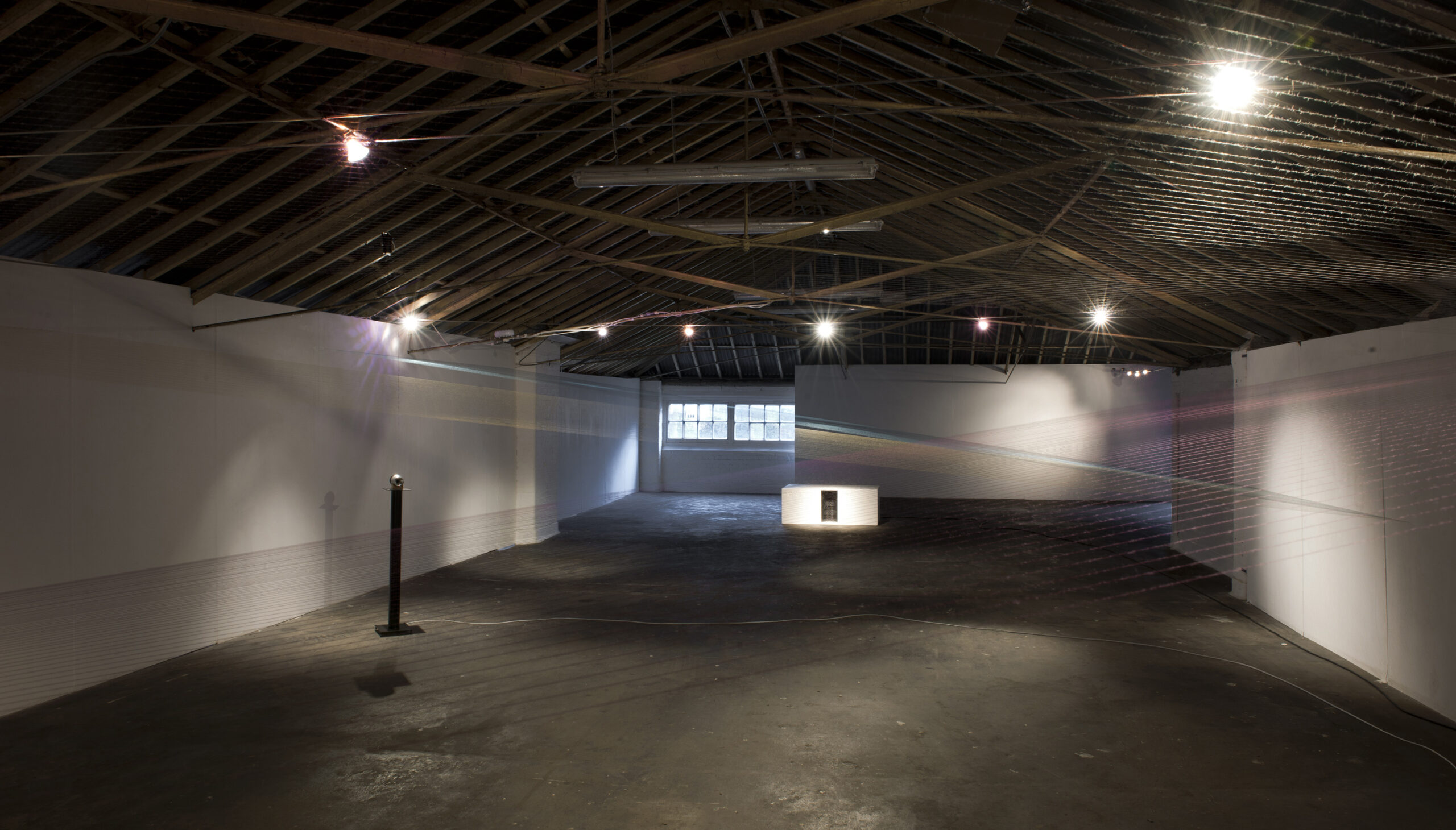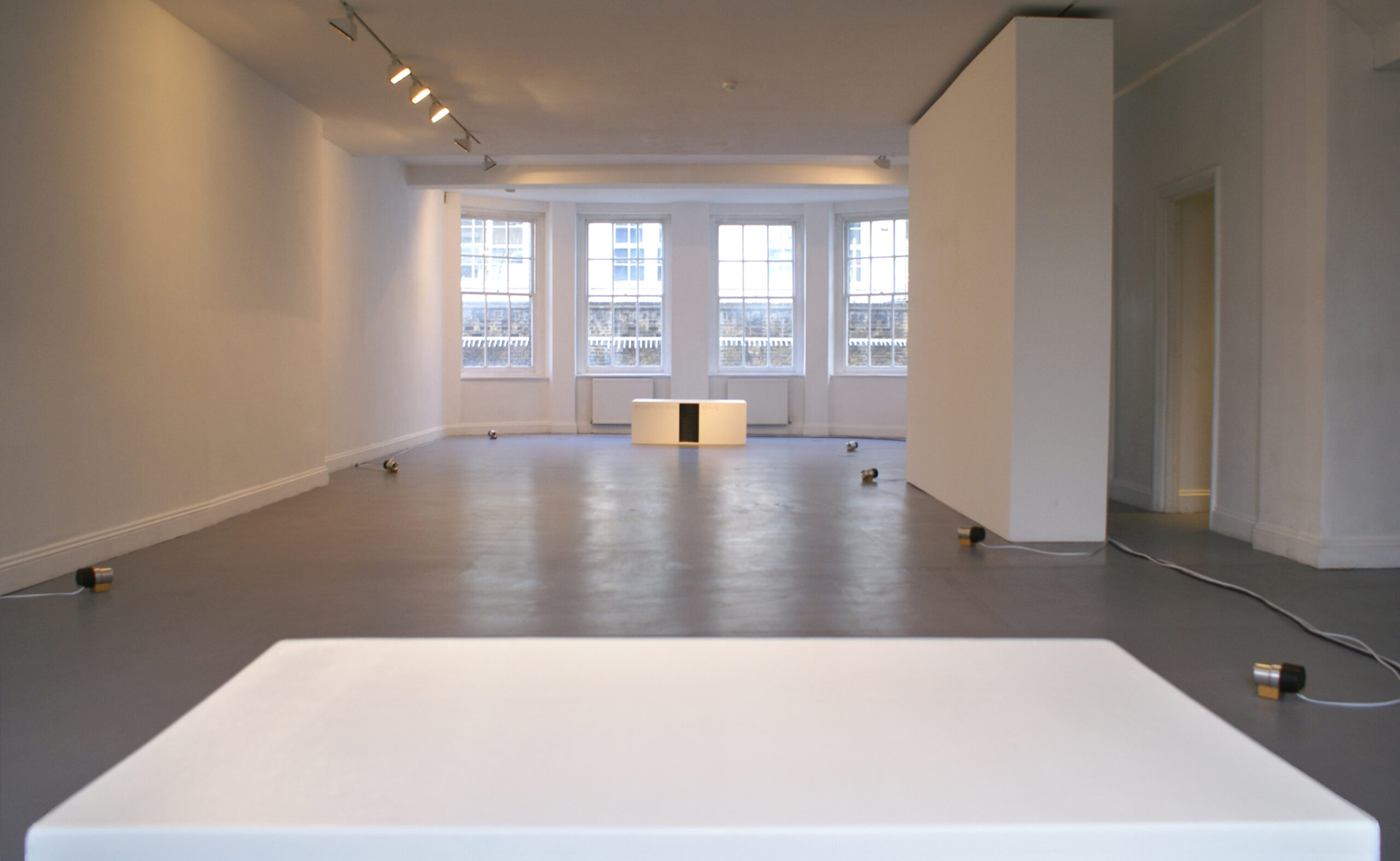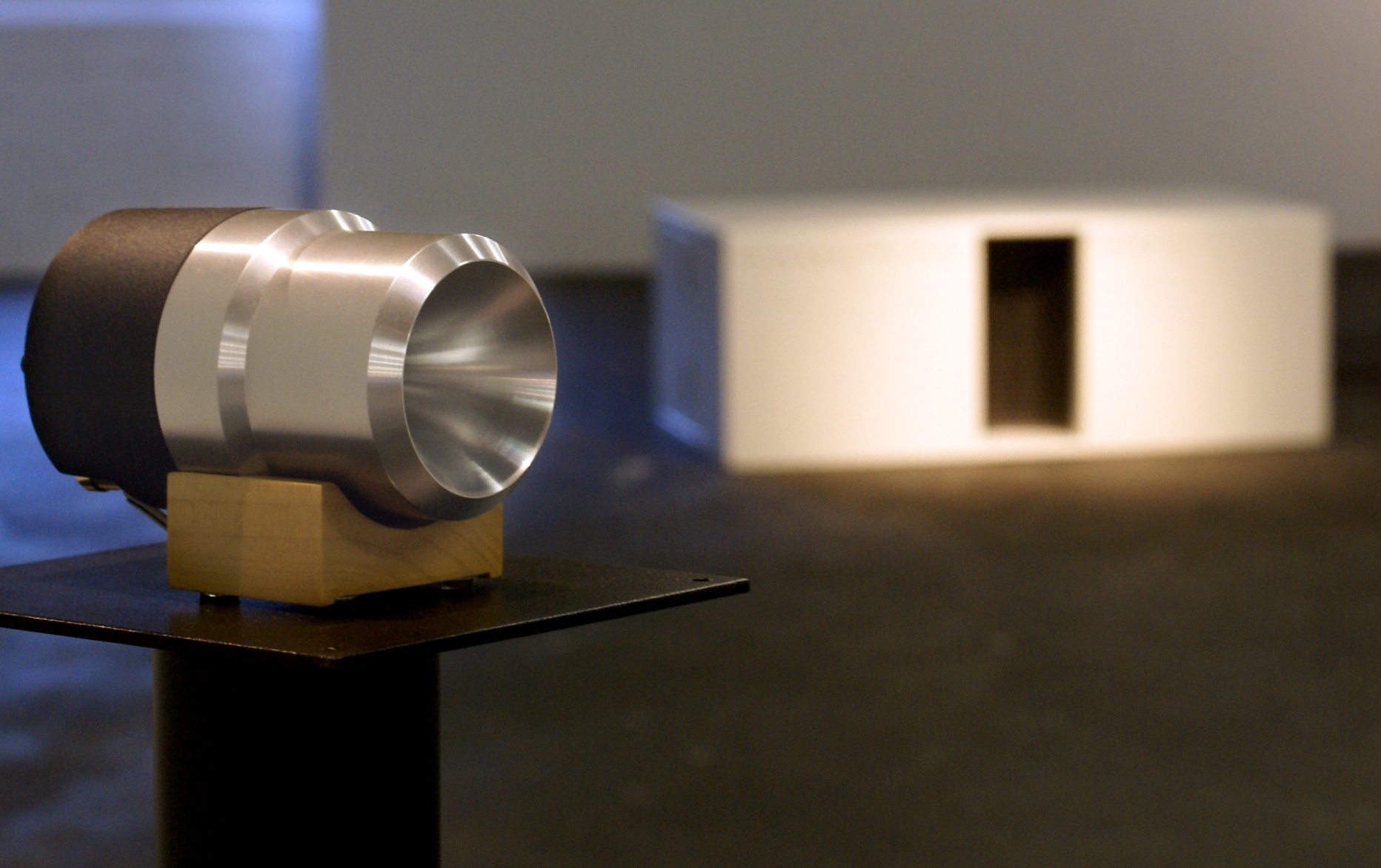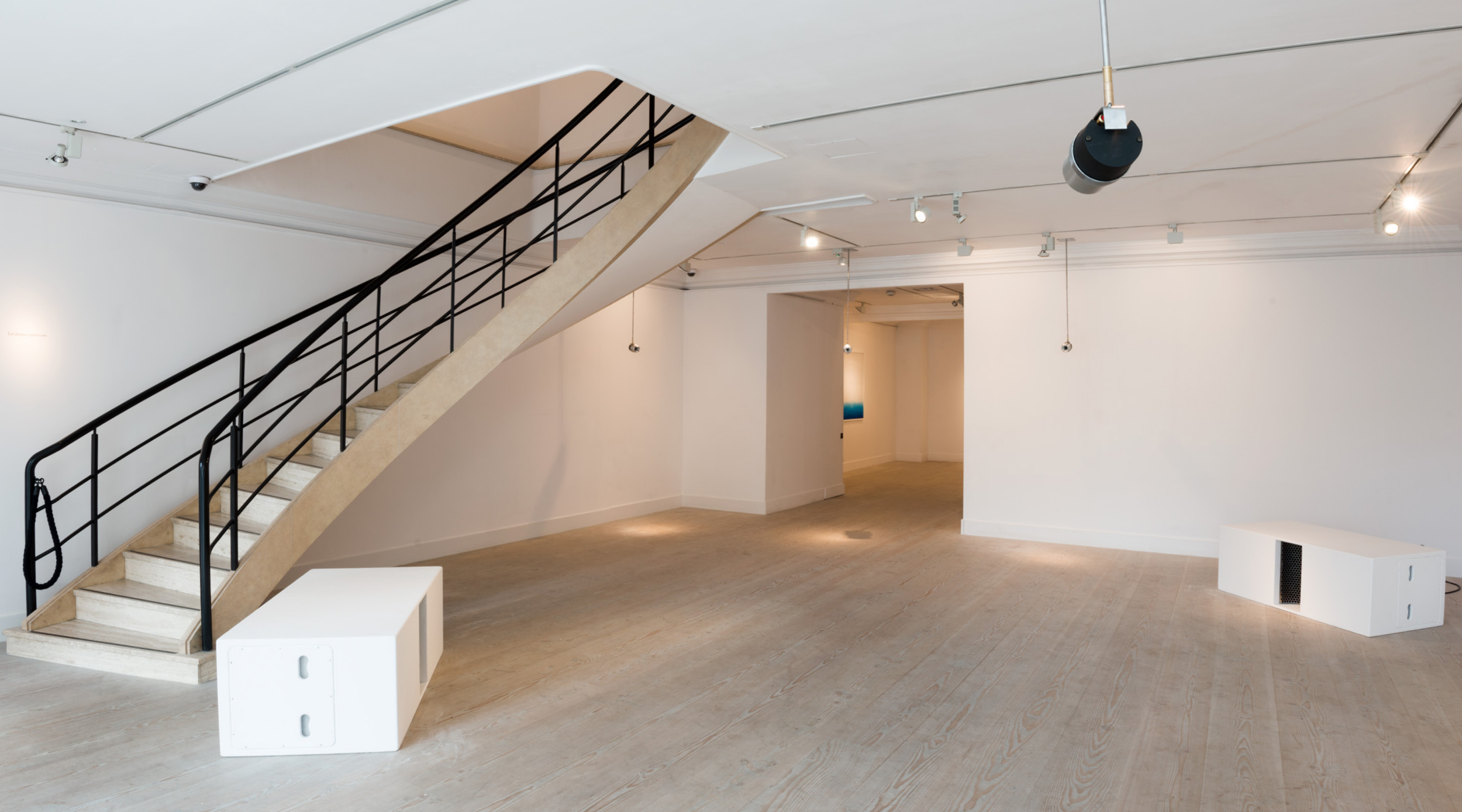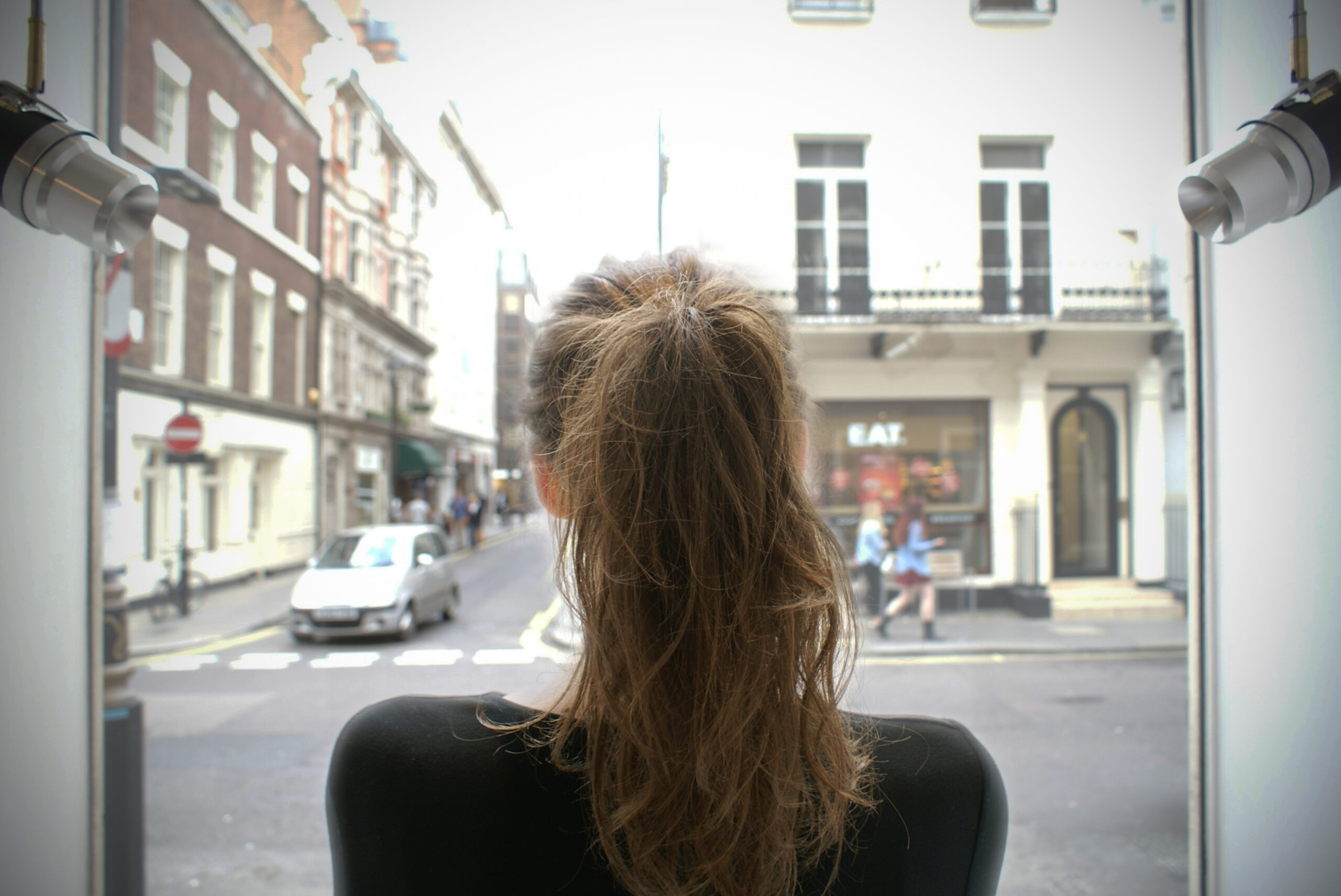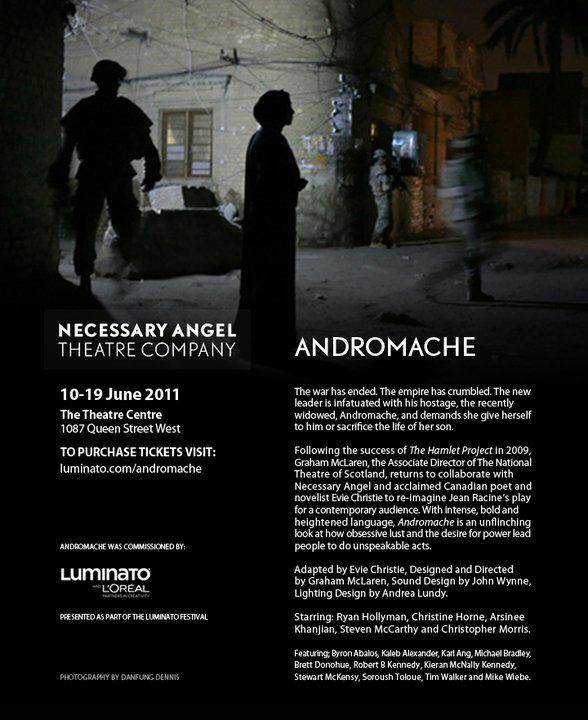High and Low Frequencies
High and Low Frequencies
This research investigates using very high and very low frequency sound, standing waves and ‘beat frequencies’ (resulting from the opposition of tones with slightly different frequencies) to explore site-and situation-specific sound practice. It began with a commission to collaborate with Graham McLaren on a contemporary adaptation of Racine’s Andromache in Toronto (2011). Wynne designed a unique 16.4 channel sound system, working with UK-based technology firm Outboard Electronics to test and apply their new diffusion equipment to create a sonic environment that would impact on audiences without interfering with the actors’ dialogue. Working alongside McLaren as he designed the set and worked with actors, John in effect co-created a site-specific installation within which the play took place. He was nominated for a Dora Award for Outstanding Sound Design and Composition.
Andromache led to an ongoing series of installations in London using high and low frequencies to explore the acoustic properties of architectural spaces. Installation no 1 for High and Low Frequencies (2011), Installation no 2 (2012), and Installation no 3 (2014) were created during residencies supported by the developers of leading-edge audio diffusion equipment more commonly found in large-scale commercial productions.
Wynne’s research developed in situ, using subjective listening and analytical tools to develop unique synthetic sounds in response to architectural acoustics and ambient soundscapes. Experimenting with standing waves and interference patterns, he sculpts the sounding space with invisible but physically palpable sonic material, tuning it so as to physically affect the visitor.
A seminar on Sound and Space, with James Putnam, David Toop, John Wynne and curator Mila Askarova took place during the first London exhibition.
“Cage-ian, or startlingly atonal, his sonic interventions are sometimes stealthily and silently there and at other times bold and clear, the result of his aural findings, his finely tuned hearing and the power of the large speaker cones pushing the air around as sound spills into it and retreats.” Jean Wainwright, from her catalogue essay for Air I Breathe at Gazelli Art House.
"This work appears as the physical projection of an otherwise concealed, yet primary force that underlies the activity of listening – not only spatially but also culturally and temporally.... Frequencies are perceived here as a hidden yet founding element of everyday life: like the change of light during the day, the flow of water, the shifts in the weather. And yet this is not a demonstration of acoustic laws: it puts each listener in a heightened relationship with the aural phenomena and inevitably – like all the forms of sound-making focused on the environment, on the passing and reverberations of time – it prompts deep considerations on how we relate to what moves us and in spite of us; to the shape of what we hear, to how this shape changes and melts with the everyday, how it anchors each listener to the here and now of their listening. Rooted in timeless physical laws, this work nonetheless gains resonance in the contingent, changing laws of individual perception." Daniela Cascella, Frieze Magazine
Wynne was interviewed about this work for Sound Art on Air on ResonanceFM in 2011.

